When a sewer disaster hits, your initial reaction might be panic, but it’s essential to stay calm and take immediate action. First, stop all water usage to prevent further contamination. While it’s tempting to tackle the problem yourself, sewer issues pose significant health risks and complex challenges that require professional expertise. Professionals have the right tools and knowledge to diagnose and repair the problem while ensuring thorough cleanup. So, what exactly should you do next, and why is a professional response so vital? Let’s explore the critical steps and reasons in detail.
Identify the Sewer Problem
When something goes wrong with your sewer system, the first step is to identify the problem accurately. Start by looking for obvious signs like unusual smells, slow drains, or water backups. These symptoms often point to blockages or leaks. Pay attention to specific areas, like your basement or yard, where issues can be more noticeable.
Next, check your plumbing fixtures. Flush toilets and run water in sinks to see if the problem is isolated or widespread. If multiple drains are affected, it’s likely a main sewer line issue. Don’t forget to inspect outdoor areas for pooling water or soggy patches, which can indicate underground pipe damage. You should also listen for unusual sounds. Gurgling noises from your drains can signal trapped air due to a blockage.
Document everything you observe, as this information will be crucial when discussing the issue with a professional. Identifying the problem yourself can save time and help you understand the severity of the situation. However, remember that professional diagnosis is often necessary for accurate and comprehensive identification. With the right information, you can take the next steps to address the issue effectively.
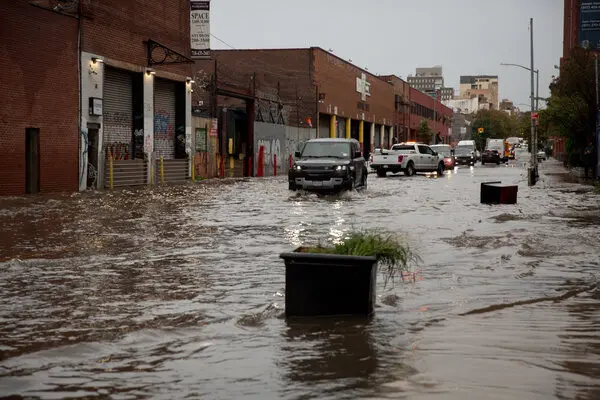
Stop Water Usage
Halting all water usage is crucial once you’ve identified a sewer problem. Continuing to use water can exacerbate the issue, causing further backups and potentially severe water damage.
Immediately inform everyone in your household to stop flushing toilets, using sinks, running dishwashers, and operating washing machines. This swift action prevents additional wastewater from entering the compromised sewer system.
Next, locate your main water shut-off valve and turn it off to halt the water supply completely. This precaution ensures that no one inadvertently uses water, which could worsen the situation. It also minimizes the risk of sewage backflow into your home, which can pose significant health hazards and lead to costly repairs.
While it might be inconvenient, especially if you have a large family, it’s a necessary step to mitigate the damage. You can use bottled water for drinking and limit other water-related activities until professionals arrive to address the problem.
Assess Safety Hazards
After you’ve halted all water usage, your next priority should be to assess safety hazards within your home. Start by identifying areas where the sewer backup has occurred. Check for standing water, especially if it’s near electrical outlets or appliances. Water and electricity are a dangerous mix, and you should avoid these areas until a professional can confirm they’re safe.
Next, consider the potential health risks. Sewer water is contaminated with bacteria and pathogens that can cause serious illnesses. Wear protective gear like gloves, boots, and a face mask to minimize direct contact with the water and any contaminated surfaces.
Be on the lookout for structural damage as well. Waterlogged floors and walls can weaken and may collapse under pressure. If you notice any sagging ceilings or buckling floors, steer clear of those areas and alert a professional immediately. Ensure proper ventilation to reduce the risk of inhaling harmful gases like methane. Open windows and doors if it’s safe to do so.
Protect Your Belongings
Once you’ve ensured the immediate safety of your home and its occupants, it’s crucial to start protecting your belongings from further damage.
Begin by moving items away from affected areas. Elevate furniture, electronics, and valuable items to prevent them from coming into contact with contaminated water. Place smaller items in plastic bins or bags to keep them dry and shielded. Next, prioritize ventilating the area to minimize mold growth. Open windows and doors, and use fans if you have them. Mold can spread quickly, and time is of the essence.
If you have any carpets or rugs in the affected areas, roll them up and remove them to prevent them from soaking up more moisture. Don’t forget to check closets and storage areas for any belongings that might be at risk. Items like clothing, shoes, and important documents should be relocated to a dry, safe place immediately. If something is already wet, isolate it to prevent cross-contamination.
Document the damage. Take photos and make a list of affected items for insurance purposes. This step is essential for claims and ensuring you get the support you need to replace or repair your belongings.
Avoid DIY Fixes
Why risk making a bad situation worse? Attempting to fix a sewer disaster on your own can lead to more significant problems. Without the right tools and expertise, you might only address surface issues, leaving deeper problems unresolved. This can escalate into more extensive damage, higher repair costs, and prolonged disruption to your daily life.
Sewer systems are complex and require specialized knowledge to handle correctly. You might inadvertently cause more harm than good by tampering with pipes and connections. For instance, using harsh chemicals to clear a blockage can corrode pipes, leading to leaks or bursts down the line. When in doubt, your best resource may be a quick call to your local emergency plumber or restoration professional.
Trying a DIY fix can also void warranties or insurance policies, leaving you financially responsible for any resulting damage. It’s tempting to save money by doing it yourself, but the potential costs and risks far outweigh any immediate savings. When a sewer disaster strikes, it’s really important to act swiftly. Halt all water usage, assess safety hazards, and protect your belongings. Avoid attempting DIY fixes; instead, contact a professional plumber immediately. They’ll ensure thorough cleanup and proper repairs, mitigating health risks and property damage. Document the damage and understand potential hazards to prevent future issues. Remember, a professional response is crucial for restoring your home’s safety and sanitation.

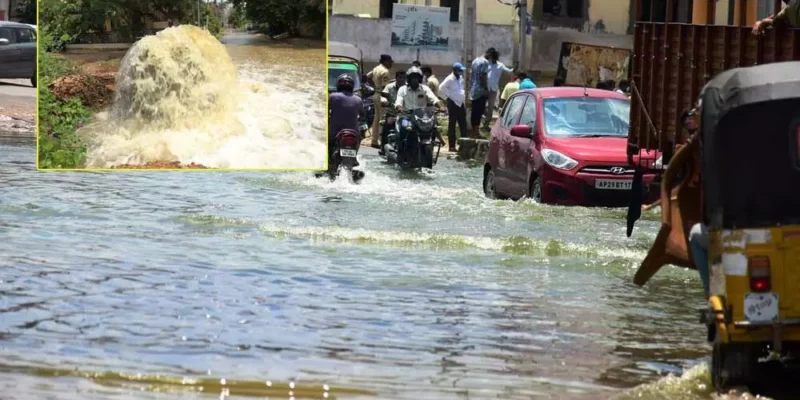
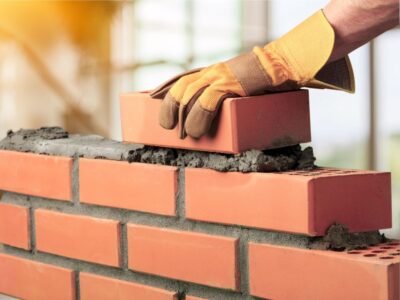


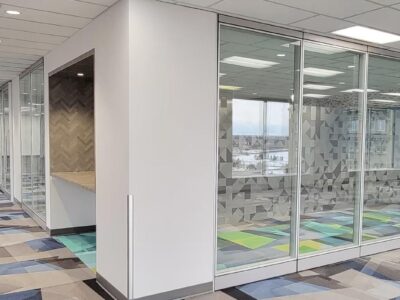
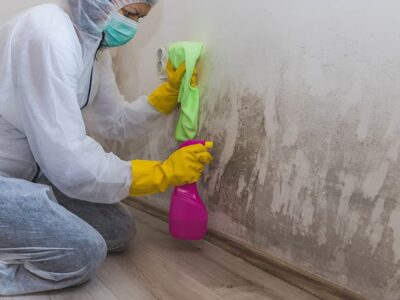

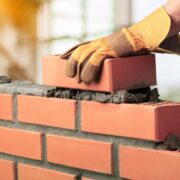
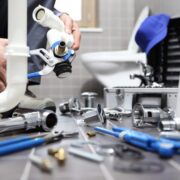
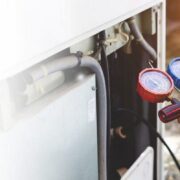

Comments